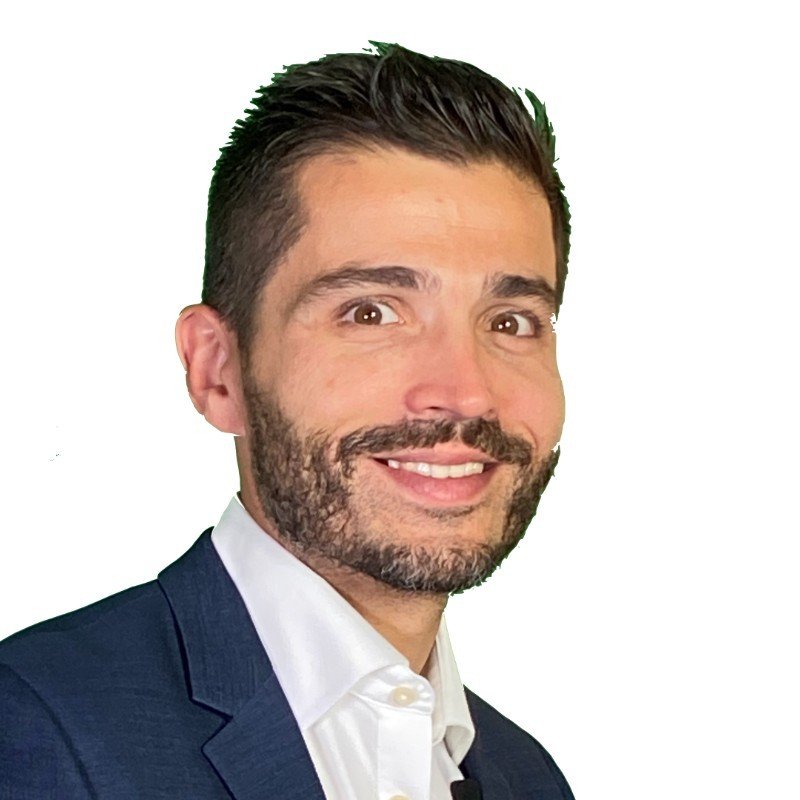Streamlining Operations: Lean Management Principles for ITAD Facilities
In the high-stakes world of IT asset disposition (ITAD), operational inefficiencies can bleed your bottom line dry. Each misstep—whether it’s excess inventory, wasted motion, or unclear processes—costs your business money and delays value recovery for your clients. But what if you could eliminate those inefficiencies, increase throughput, and maximize profitability? Enter lean management principles—a proven system designed to streamline operations, reduce waste, and enhance productivity. Let’s explore how ITAD facilities can use these principles to revolutionize their processes.
Introduction to Lean Management Principles
Lean management isn’t just for manufacturers. Originally derived from Toyota’s Production System, it’s a framework that focuses on maximizing value while minimizing waste. The beauty of lean lies in its adaptability. Whether you're dismantling obsolete servers, wiping sensitive data from hard drives, or refurbishing devices for resale, the core principles of lean management remain the same:
Identify Value: Understand what your clients value most—be it data security, turnaround time, or the highest resale recovery—and align your operations accordingly.
Map the Value Stream: Identify every step in your ITAD process, from intake to final disposition, and eliminate non-value-added activities.
Create Flow: Ensure a smooth progression of assets through your facility without bottlenecks or delays.
Establish Pull: Align production with demand to avoid overstocking or underdelivering.
Pursue Perfection: Continuously improve your processes to achieve operational excellence.
When applied effectively, these principles can transform your ITAD facility into a lean, mean, profit-generating machine.
Applying 5S Methodology in ITAD Facilities
5S is the foundation of any lean transformation. It’s a methodology that organizes your workspace for efficiency and effectiveness, and it’s especially powerful in ITAD facilities where precision and compliance are non-negotiable. Here’s how you can implement it:
Sort (Seiri): Separate essential tools, equipment, and materials from unnecessary clutter. Discard or reallocate anything that doesn’t directly support your operations. For example, if you’re holding onto outdated testing equipment, it’s time to let it go.
Set in Order (Seiton): Organize tools, parts, and materials to promote efficient workflows. Label and arrange everything so it’s easy to locate and access. Implement color-coded bins for different asset categories, such as desktops, servers, and mobile devices.
Shine (Seiso): Keep your facility clean and operational. Regular cleaning and maintenance prevent breakdowns and improve morale.
Standardize (Seiketsu): Develop standardized processes for sorting, organizing, and cleaning. Create visual guides and checklists to ensure everyone follows the same procedures.
Sustain (Shitsuke): Foster a culture of discipline where 5S becomes second nature. Regular audits and employee training will keep the momentum going.
By implementing 5S, ITAD facilities can enhance safety, reduce downtime, and improve efficiency—all while making a strong impression on clients who tour your facility.
Value Stream Mapping for ITAD Processes
Value stream mapping (VSM) is a game-changer for ITAD facilities. It’s a visual tool that helps you analyze and improve your processes by identifying value-added and non-value-added activities. Here’s how you can use VSM to uncover hidden inefficiencies:
Create a Current State Map: Start by mapping out your existing ITAD process. Document every step, from asset receipt and data sanitization to refurbishment and resale. Include key metrics like cycle times, inventory levels, and handoffs.
Identify Waste: Look for the seven classic types of waste: overproduction, waiting, unnecessary transport, overprocessing, excess inventory, unnecessary motion, and defects. For instance, are assets sitting idle waiting for testing? Are technicians walking back and forth to retrieve tools?
Envision the Future State: Design an optimized process flow that eliminates waste and maximizes value. Maybe it’s time to invest in automation for data wiping or implement a conveyor system for asset movement.
Develop an Action Plan: Break down the steps needed to transition from the current state to the future state. Assign responsibilities, set deadlines, and track progress.
With VSM, you’ll gain a clear roadmap for optimizing your operations, enabling faster turnarounds and higher client satisfaction.
Implementing Continuous Improvement Strategies
Lean management isn’t a one-and-done initiative; it’s an ongoing commitment to excellence. Continuous improvement—known as "kaizen"—is at the heart of lean. Here’s how ITAD facilities can embed a culture of kaizen:
Empower Employees: Your frontline workers are your most valuable resource for identifying inefficiencies. Encourage them to share ideas for improvement through regular feedback sessions or suggestion boxes.
Conduct Kaizen Events: Organize short-term, focused workshops to tackle specific problems. For example, if your asset intake process is causing bottlenecks, dedicate a week to brainstorming and implementing solutions.
Measure and Monitor: Use key performance indicators (KPIs) to track progress. Metrics like turnaround time, defect rates, and recovery value provide invaluable insights.
Celebrate Wins: Recognize and reward employees who contribute to process improvements. Whether it’s a shout-out at a team meeting or a small bonus, celebrating success fosters a culture of innovation.
By embracing kaizen, ITAD facilities can stay ahead of the competition and adapt to changing market demands with agility and confidence.
Case Studies of Successful Lean Transformations in ITAD Companies
Case Study #1: Rapid Recovery, Inc.
Rapid Recovery, a mid-sized ITAD company, struggled with inefficiencies in their refurbishment process. Assets often sat idle, and technicians spent excessive time searching for parts. By implementing 5S and value stream mapping, they:
Reduced asset idle time by 40%
Increased technician productivity by 25%
Boosted resale recovery by 18%
The result? Faster turnaround times and higher client retention rates.
Case Study #2: TechCycle Solutions
TechCycle Solutions faced recurring bottlenecks in their data wiping process, delaying asset disposition. After conducting a kaizen event, they:
Streamlined their workflow by rearranging workstations
Invested in automated wiping tools
Reduced data wiping time by 30%
These changes allowed TechCycle to process 15% more assets per month, translating to significant revenue growth.
Case Study #3: GreenBridge ITAD Services
GreenBridge struggled with excess inventory clogging their facility. Through value stream mapping and a pull-based system, they:
Reduced inventory levels by 50%
Improved space utilization by 35%
Cut lead times by 20%
This transformation not only improved operational efficiency but also freed up resources for strategic initiatives.
The Alchemist Prediction
Here’s what the crystal ball says: The ITAD industry is on the cusp of a revolution. As data security regulations tighten and technology lifecycles shorten, the pressure to operate efficiently will only intensify. Companies that embrace lean management principles today will lead the pack tomorrow.
My prediction? By 2030, ITAD facilities that master lean will see a 50% increase in profitability compared to their peers who cling to outdated practices. The question is—are you ready to seize the opportunity, or will you be left in the dust?
The choice is yours, but remember: transformation isn’t optional; it’s inevitable. Lean management isn’t just a methodology; it’s a mindset. Adopt it, adapt it, and watch your ITAD facility thrive.
Let’s talk about how you can apply these strategies to your ITAD operations. Schedule a consultation with me, Samuele Barrili—the Waste Management Alchemist—and let’s turn your facility into a benchmark of efficiency and profitability.
About the Author
Samuele “Sam” Barrili is known as the go-to guy for helping waste management companies execute growth strategies. He began his journey in this field in 2009 after completing his degree in Toxicological Chemistry and joining a wastewater treatment company to develop its market. Over the years, thanks to his proprietary SAM Method (Stream Advanced Management), Samuele has assisted dozens of waste management companies across America and Europe in increasing their annual profits by more than 25 million dollars. In 2019, he transitioned from the C-Suite of a Chemical Hazardous Waste Company to launching his own MiM consultation agency. His focus has always been on leveraging innovative business strategies to drive growth and profitability. Samuele began sharing content, educating, and consulting with waste company owners worldwide to help them transform their business results through strategic planning and execution. He has had the pleasure of working with world-class clients, implementing strategies that significantly enhanced their operations and profitability. Samuele can be reached at sam@sambarrili.com or visit www.sambarrili.com.


